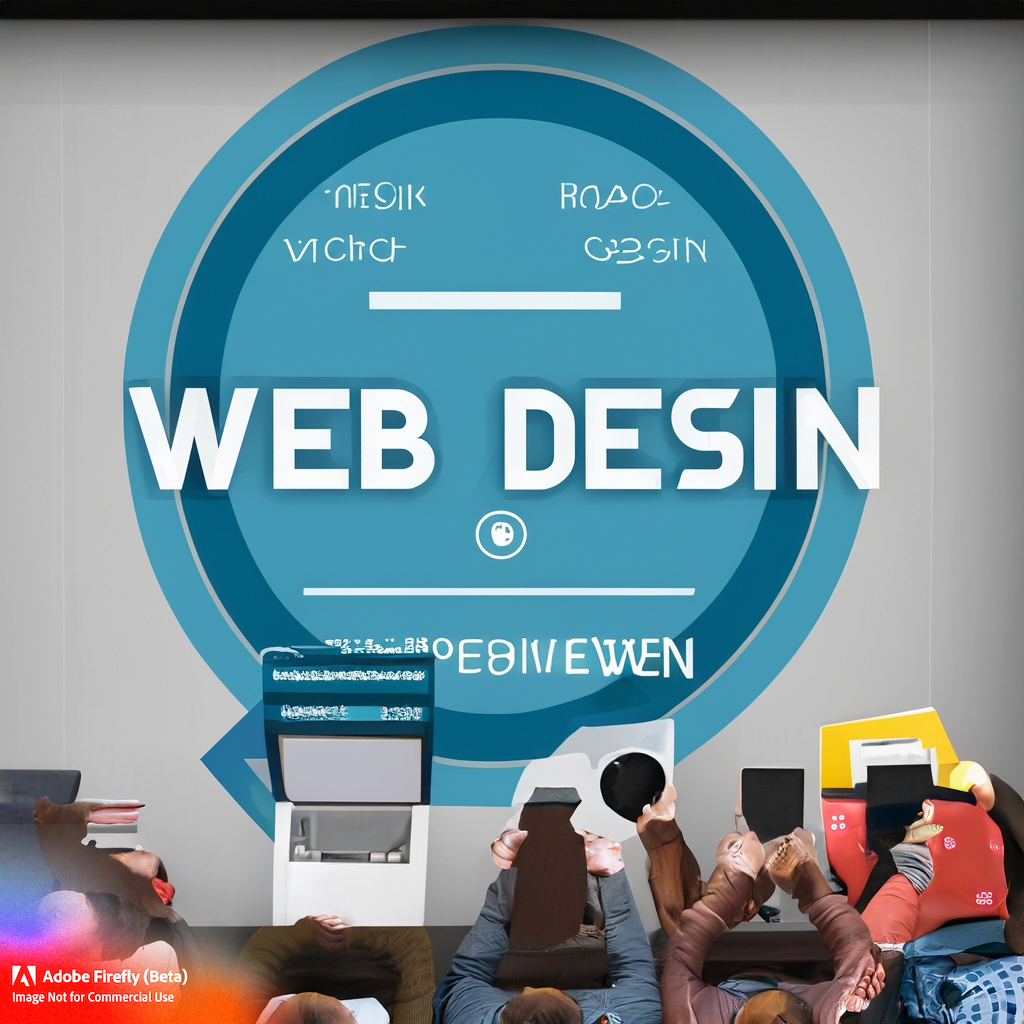The modern world of web design is a complex and ever-evolving landscape. From the basics of HTML to the more advanced concepts of coding, web design is a diverse and intricate process. In this blog, we’ll take an overview of the technologies and techniques used in web design today, and explore how they are used to create beautiful and functional websites. So, fasten your seatbelt and get ready to discover the world of web design.
Front-end Technologies
As the internet rapidly evolves, so do the technologies used in web design. There are a variety of front-end technologies that play a critical role in web design and development, including HTML, CSS, and JavaScript. Each of these technologies is essential to creating effective and attractive websites.
HTML (Hypertext Markup Language) is the most basic technology used in web design. It provides the structure and content for a website, and is used to create the basic text, images, and other elements that make up a website. HTML provides structure to the website, and without it, a website would be nothing more than a blank screen.
CSS (Cascading Style Sheets) is a technology used to enhance the appearance of websites. CSS is used to create the look and feel of a website, including colors, typography, layout, and other design elements. CSS is also used to create responsive designs, or designs that look great on any device or screen size.
JavaScript is a powerful scripting language used to create dynamic, interactive websites. JavaScript can be used to create animated effects, interactive forms, and other features that make websites more engaging and useful. JavaScript can also be used to create mobile apps and other programs that run in web browsers.
Back-end Technologies
Databases
At the heart of all web applications lies a database. A database is a collection of data that can be stored, managed, and accessed. This data can be anything from user accounts to product listings. Typically, databases are organized into tables, each of which stores related information. Popular database technologies used in web design include MySQL, PostgreSQL, MongoDB, and Microsoft SQL Server.
Server Side Programming Languages
Server-side programming languages are the brains behind web applications. These languages are used to access and manipulate data stored in a database. Popular server-side programming languages include PHP, ASP.NET, and Ruby on Rails.
Hosting
Finally, web design requires hosting. Hosting is the process of placing a web application on a server, giving users access to it over the Internet. Popular hosting solutions include shared hosting, virtual private servers, and dedicated servers.
Other Technologies
Version Control
Version control is an essential technology used in web design. It allows developers to keep track of changes made to the website and store them in a repository. This allows them to roll back any changes that were made and make sure that the website is always up-to-date. Version control makes it easy for developers to collaborate on a project, as any changes that are made can be tracked and merged together.
Libraries and Frameworks
Libraries and frameworks are a great way for developers to quickly create a website without having to start from scratch. There are many different libraries and frameworks available, such as Bootstrap, jQuery, and Angular. Libraries and frameworks provide developers with pre-made components that can be used to build a website quickly and easily. They also provide helpful tools and features that speed up the development process.
Responsive Design
Responsive design is a must-have for any website. It ensures that your website looks great on any device, from desktop computers to mobile phones. Responsive design allows your website to adjust its layout and content to fit the size of the device. This makes it user-friendly and ensures that your website looks great no matter what device it is viewed on.
These are just a few of the technologies used in web design. There are many more, such as content management systems, automation tools, and more. All these technologies help developers create a successful website that looks great and is user-friendly. By using the right technologies, you can create a website that stands out from the competition.
Conclusion
Web design is a complex process that depends on the use of various technologies. This includes HTML, CSS, Javascript, and other coding languages, as well as a variety of frameworks and libraries. By understanding and utilizing these technologies, web designers can create effective, visually appealing and user-friendly websites.











